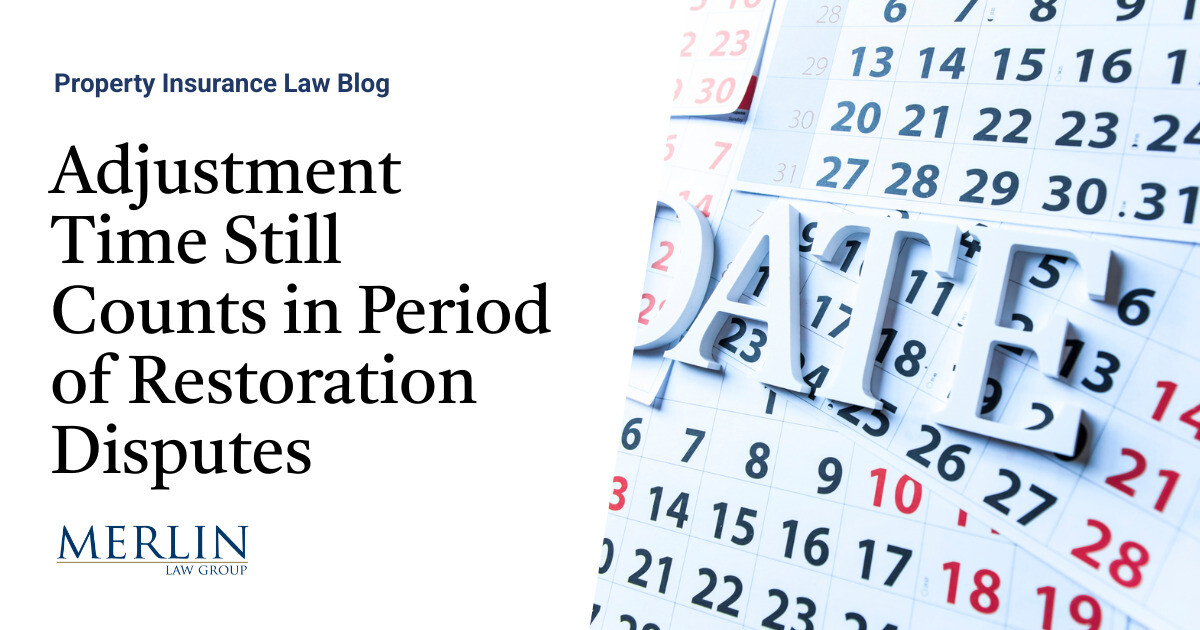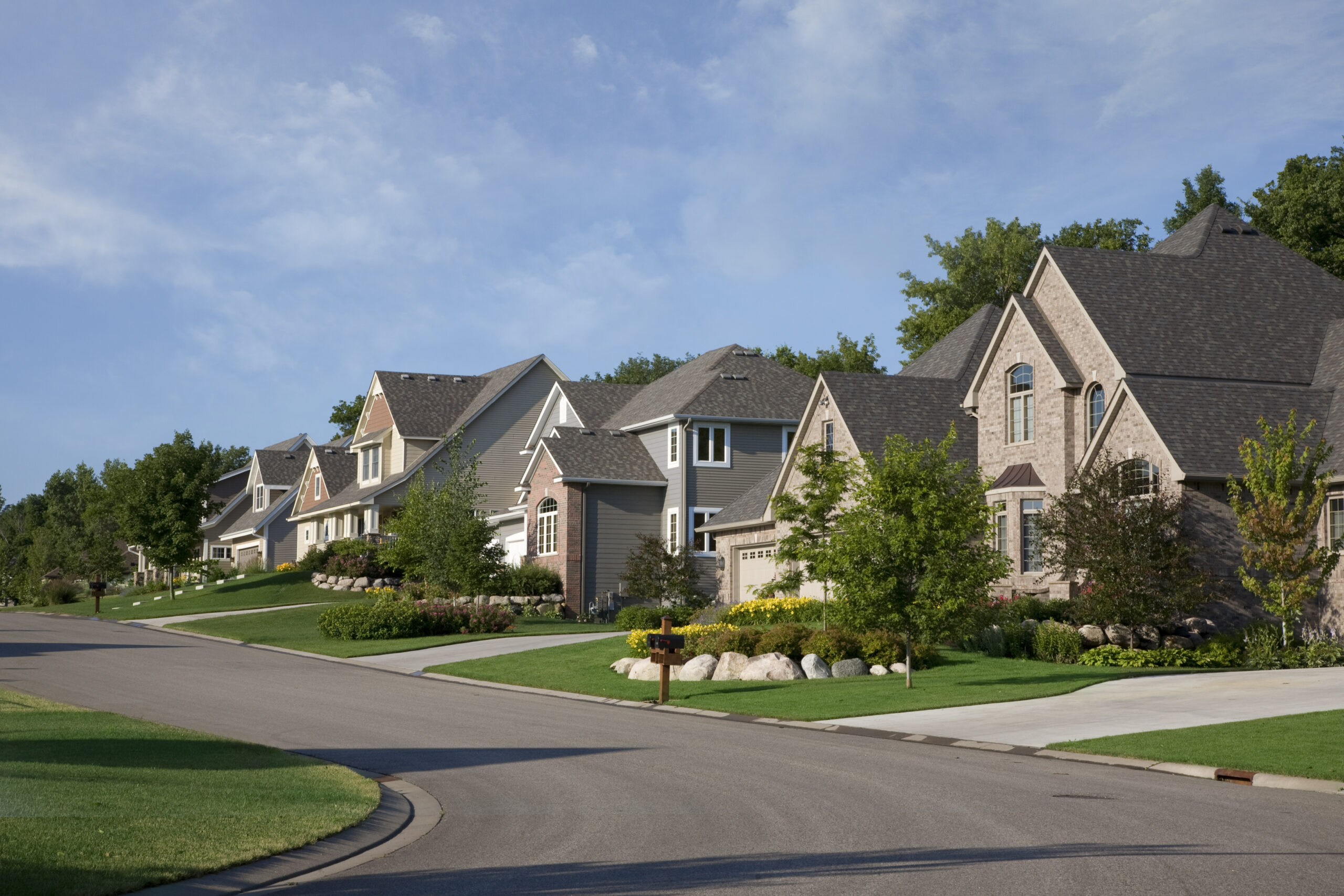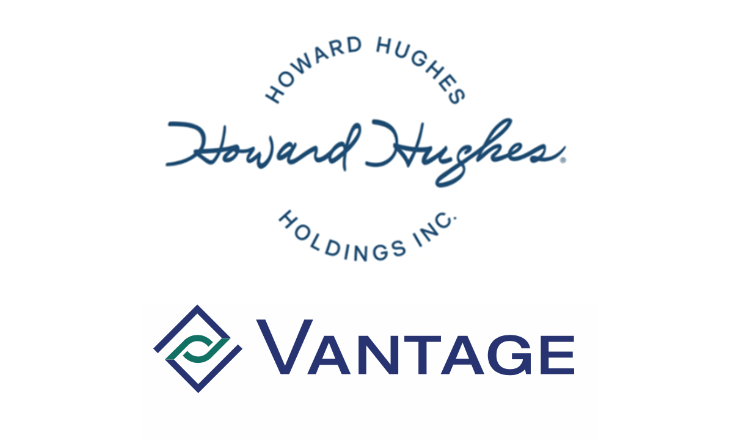
Coronavirus Risk Management in the New York Construction Industry New York has hit the pause button in an attempt to stop the spread of COVID-19.On March 20, Governor Cuomo signed the New York State on PAUSE Executive Order.Under the order, all non-essential business is required to close beginning 8:00 p.m.
on March 22.Although some construction is allowed to continue, construction managers must ensure that all necessary precautions are being taken.Otherwise, both the workers and the larger community may be put in danger.
New York: The New COVID-19 Epicenter New York has been hit especially hard by the novel coronavirus.As of March 26, there are more than 37,000 cases and at least 385 deaths, according to CNBC.Governor Cuomo expects 140,000 residents to require hospitalization over the next two to three weeks, and the state is facing a shortage of ventilators.
New York is taking extreme action to try to curb the pandemic, and this includes the New York State on PAUSE order.Other states have also issued similar shelter-in-place orders directing businesses to close and people to stay home. However, not everything can close.
The New York order outlines businesses that are considered essential and therefore permitted to remain in operation.Some construction makes the list, including “skilled trades such as electricians, plumbers” and “other related construction firms and professionals for essential infrastructure or for emergency repair and safety purposes.” When construction work is required to stop, it may count as a force majeure.In a piece on coronavirus-related legal questions, Construction Dive explains that whether COVID-19 is considered a force majeure will depend on the exact wording of the contract as well as any relevant common laws or statutes.
When construction work is permitted to continue, safety measures should be implemented to prevent the spread of coronavirus.OSHA and CDC Guidance for COVID-19 OSHA and the CDC have issued guidance for employers in preparing for and responding to COVID-19 risks.Some of the key points include the following: See OSHA’s Guidance on Preparing Workplaces for COVID-19 and the CDC’s Interim Guidance for Businesses and Employers to Plan and Respond to Coronavirus Disease 2019 for further details.
While construction managers implement policies and procedures to minimize the risks associated with COVID-19, they must also continue to comply with all other OSHA safety standards.Construction is a hazardous industry, and risks for falls, electrocutions and other dangers still exist during the coronavirus pandemic.Planning for Absenteeism Workers may be unable to report to work for numerous reasons.
They may be sick, or they may be caring for a family member who is sick.High-risk individuals, such as those with underlying health conditions, may decide to self-isolate.Make sure workers know that they should stay home if they are sick.
The CDC says, “If an employee is confirmed to have COVID-19 infection, employers should inform fellow employees of their possible exposure to COVID-19 in the workplace but maintain confidentiality as required by the Americans with Disabilities Act (ADA).” Workers should also notify their supervisor if a family member is sick with COVID-19.Employers may need to create new paid leave policies that encourage workers to stay home when sick.The CDC suggests that employers that don’t regularly offer paid sick leave should consider creating non-punitive emergency sick leave policies.
The Families First Coronavirus Response Act also requires covered employers to provide paid medical and family leave in certain coronavirus-related situations.
Publisher: Normal for Business








